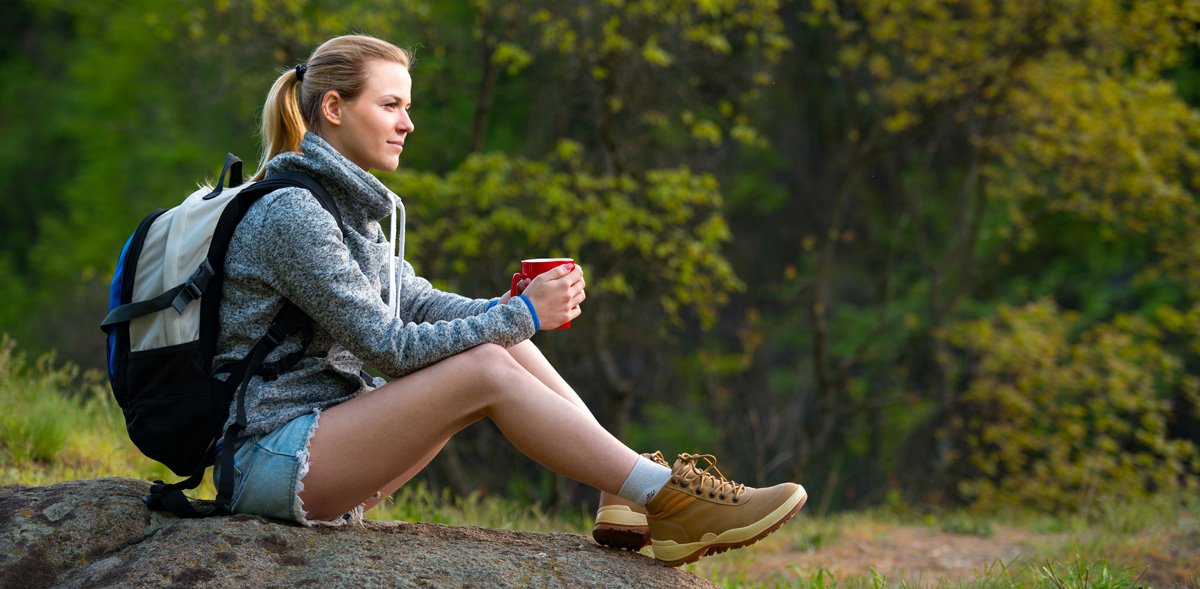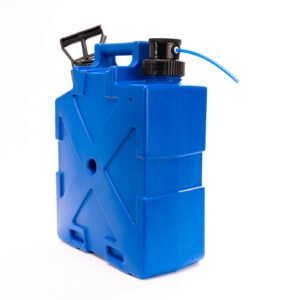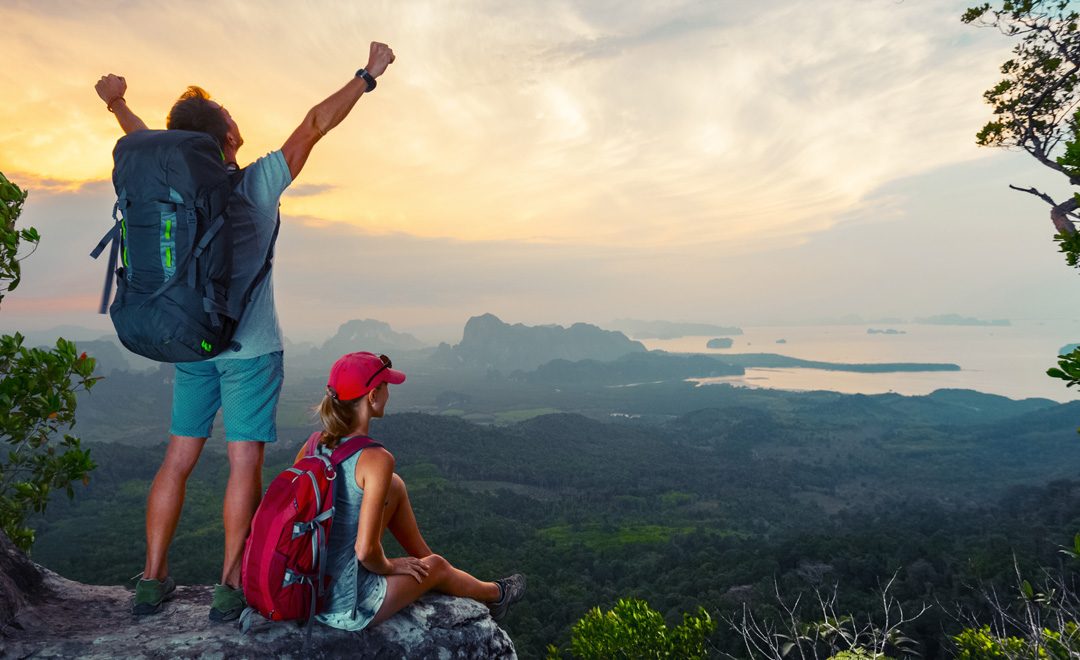
13 Hiking Equipment Essentials that are a must
13 Trekking Items You Need Before Hitting the Road
There is absolutely nothing worse than getting miles far from civilization and encountering an emergency you have not prepared appropriately. That is why you need to use a camping and hiking equipment list before you go. Download it here. Whether you are lost without any food, captured in unanticipated rain, or in pain from lousy footwear, trekking without the best hiking equipment is never-ever a fun experience.
Your gear will differ depending upon what kind of trekking or hiking experience you are planning to undertake. However, whether you are backpacking the Appalachian Trail or preparing a day hike with your family or friends, there are some pieces of camping and hiking equipment essentials you need never to forget.
Our definition of trekking is where there is no civilization, or you are walking through forests, bush settings, or mountainous areas where are not many people or close to any amenities.
Fact: Hiking, Trekking or walking reduces anxiety and depression
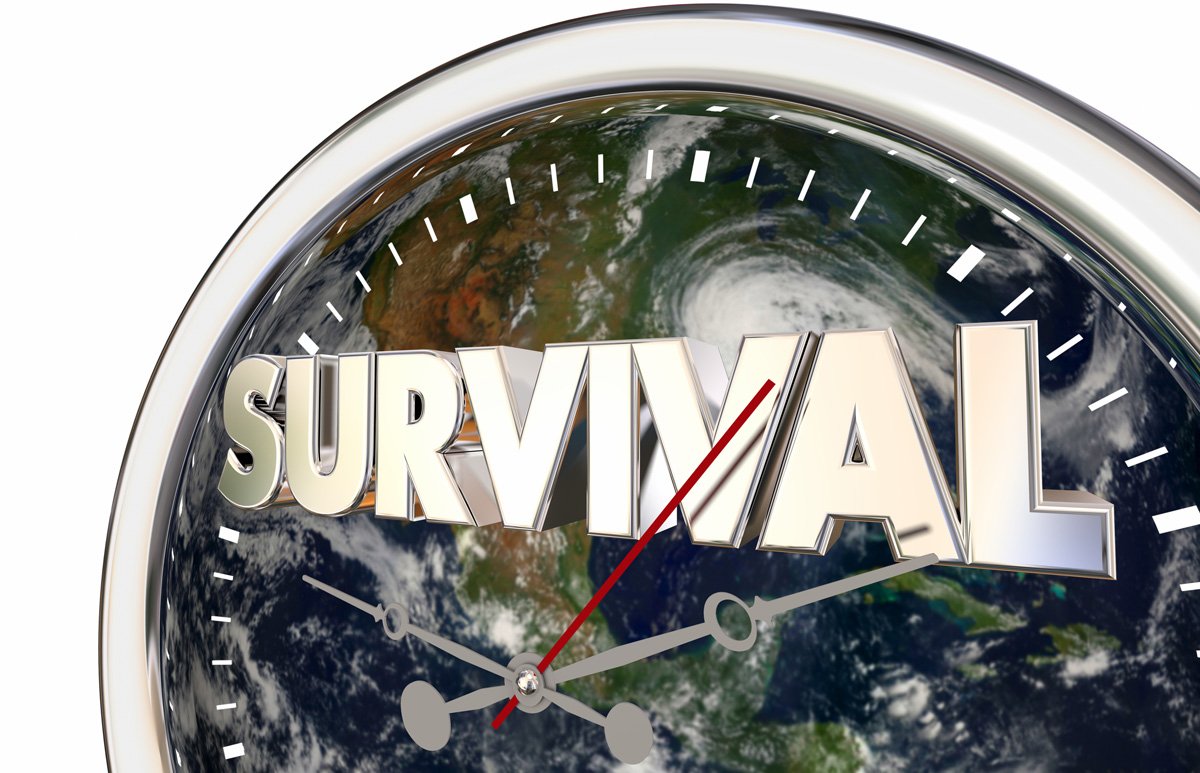
Item 1: Ruggedized Hiking Backpack
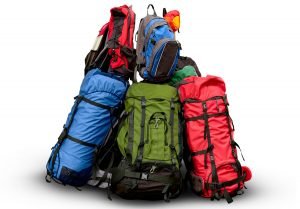 You will need a rugged hiking backpack to hold the rest of your equipment comfortably. If most of your walks are brief and you hardly ever prepare to stay overnight, a small day pack might be all you need.
You will need a rugged hiking backpack to hold the rest of your equipment comfortably. If most of your walks are brief and you hardly ever prepare to stay overnight, a small day pack might be all you need.
Look for a knapsack that fits easily with plenty of compartments and adequate space for all your food and equipment if you are preparing longer hiking trips.
Item 2: Purpose-designed hiking boots.
Appropriate footwear is another necessary piece of hiking gear, no matter where and the length of time you are trekking. Hiking boots are, if not the most vital piece of hiking equipment. Select hiking boots or shoes for the type of terrain you will most frequently be trekking in, and make sure they are a comfy fit.
Item 3: Sweat Absorbing Hiking Socks.
Wear high-quality hiking socks, too, developed for the specific climate you are in and cushioned for additional support. For a more precise fit, purchase your hiking socks initially and wear them to buy your best hiking equipment boots.

Item 4: Hiking Map
Always have a map of the area you are hiking in, in addition to a compass. The compass is terrific for backcountry hiking. Hiking maps are generally available at the ranger station for most state and nationwide hiking trails.
Item 5: Food
Taking food is a must, no matter how long or short you are trekking. Calorie-rich snacks, like jerky, mix trail nuts, protein bars should be the minimum for any walk longer than 1 hour. For day-long treks, definitely take extra food in case the walk takes longer than expected. It is an excellent idea to carry sufficient food for lunch and supper for overnight hikes, just if things take longer than planned.
Item 6: Water
Any walk longer than 1 hour will need to carry at least 1 or 2 water bottles. For longer hikes, you will need to have at least one gallon of water per person per day. Carrying gallons of water may not necessarily be practicable.
Wait. There is a solution.
There is a brilliant solution. The Sure Aqua Water Filter Bottle and Survival Pump allows you to collect water along the way, knowing that you can filter and purify water as you go. It is one of the best hiking equipment essentials that you will be buying.
Item 7: Toilet Paper
 Yes, when trekking, toilet paper should be near the top of the hiking equipment list. You never know where you may have to go.
Yes, when trekking, toilet paper should be near the top of the hiking equipment list. You never know where you may have to go.
\\A lightweight trowel may be useful to dig it into the ground or a sealed plastic bag so you can carry it out.
Item 8: First Aid Kit
You will also require a first-aid package on all your trekking trips.
Unless you are hiking in extreme conditions, you will simply need to have a basic first aid kit to treat insect bites, minor scrapes, blisters, thorns, and sprains that could typically happen on a hike.
Item 9: Sun and Wind Protection
There is always a chance to get impacted by the sun, wind, or be amongst inspect when outdoors. Make sure you will need to take sunblock, lip balm, and insect repellant.

Item 10: Hiking Equipment Clothing, Hat, and Wet weather equipment
 Never, ever start out on a hiking trip without rain equipment and extra clothes, especially in locations with very unpredictable weather conditions. Even on a short trek.
Never, ever start out on a hiking trip without rain equipment and extra clothes, especially in locations with very unpredictable weather conditions. Even on a short trek.
A lightweight rain jacket with a hood is ideal if you get caught in the rain.
Item 11: Emergency Cover
In the advent of the weather turning severe during the trek, you will need to protect yourself. An emergency space thermal blanket is an essential piece of hiking equipment to be carried in your backpack, especially if you are hiking in the winter. The emergency hiking blanket usually is very light and compact and a must on the camping and hiking equipment list.
Item 12: Flashlight
Another essential piece of camping and hiking equipment that you should not forget is a little flashlight. A flashlight is crucial for extended and overnight hikes. The flashlight will be required to discover your way around camp, but they can show good one-day hikes, too, if you are still hiking at sunset.
Another practical use is if you are lost a night, it can help people find you by flashing it.
Item 13: Whistle
 Make sure everybody you are trekking with has a whistle for emergencies. You will need to get the best hiking equipment to ensure you need to cause every trip is some fire starter, together with wind and rain resistant matches and a multi-purpose knife—another item to be on the camping and hiking equipment list.
Make sure everybody you are trekking with has a whistle for emergencies. You will need to get the best hiking equipment to ensure you need to cause every trip is some fire starter, together with wind and rain resistant matches and a multi-purpose knife—another item to be on the camping and hiking equipment list.
Final Say -Hiking Equipment Essential
These 13 Camping hiking equipment essential items detailed in this article are a valuable guide for any trekker. We consider they are the most standard essentials for any trekking journey.
Other items you may want to take on your trek in addition to the hiking equipment list. Depending on the terrain, location, time of year, length of the hike, you may need other equipment like a tent, cooking equipment, a sleeping bag, and a hiking pole.
Some other items you may include a camera, binoculars, EPIRB, or ropes for abseiling.
Remember, before any hiking or trekking, tell people where you are going and for how long.
I hope you enjoyed this article.
